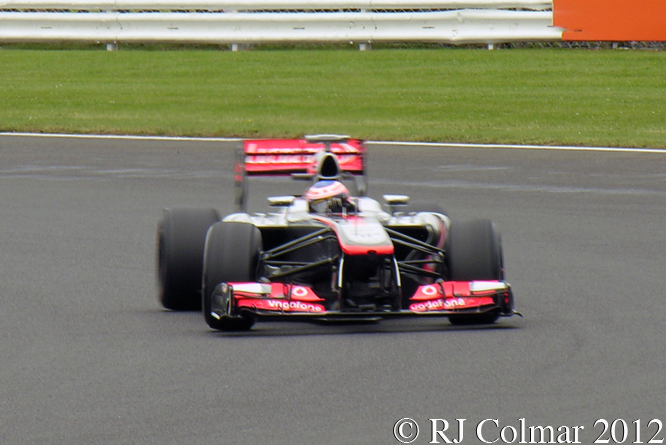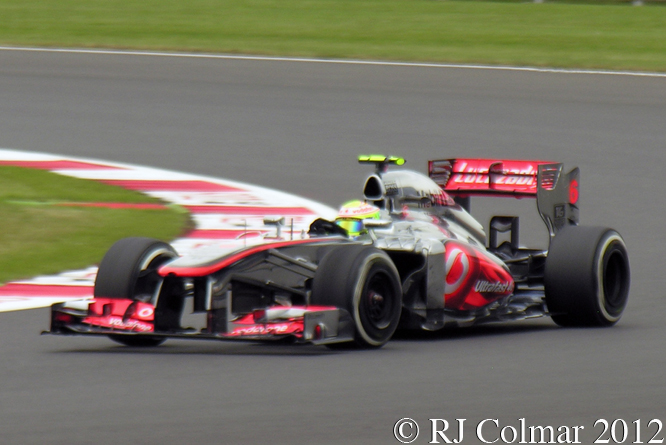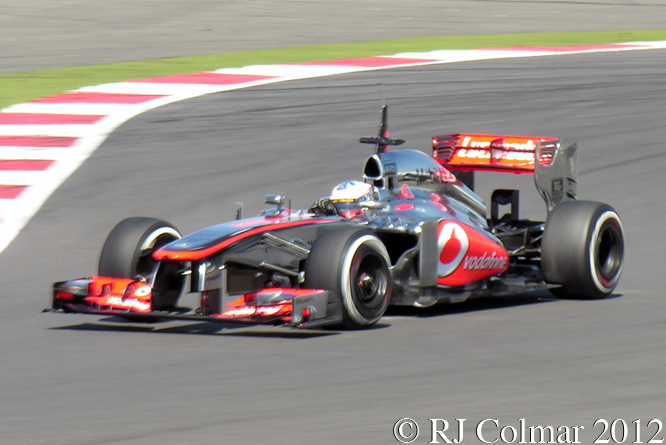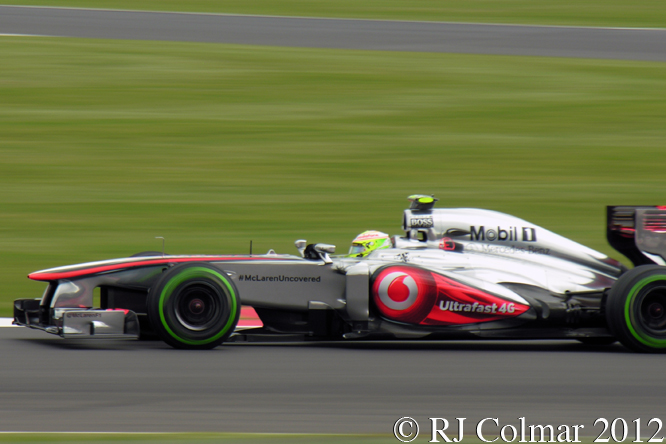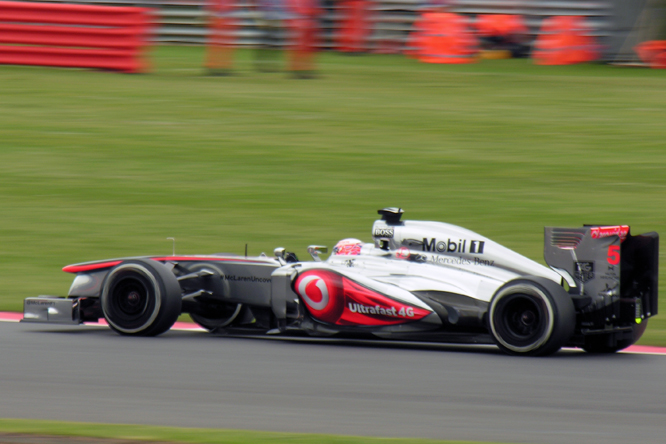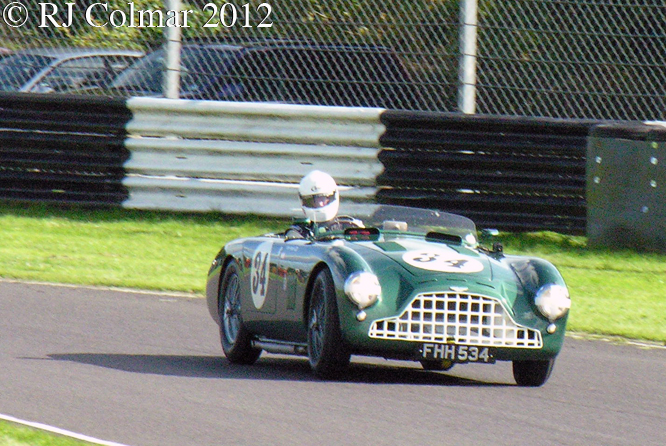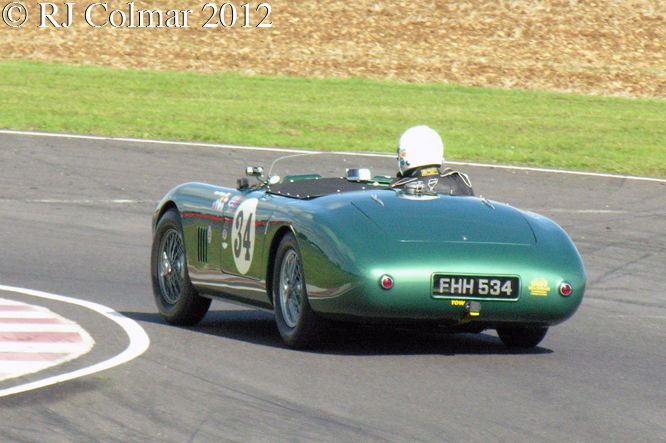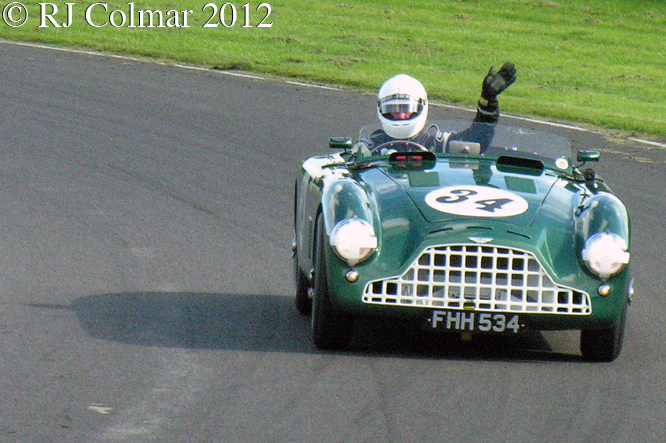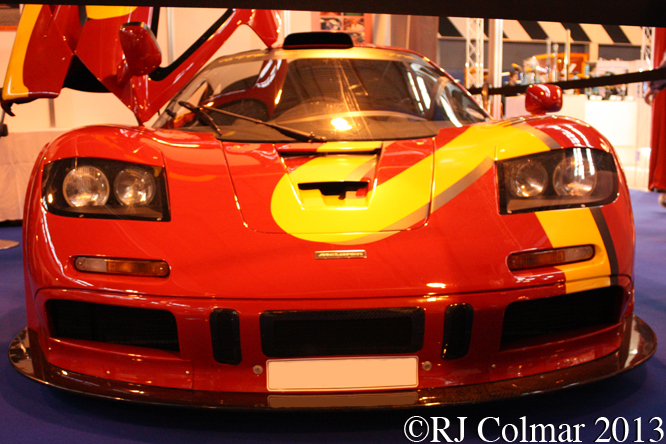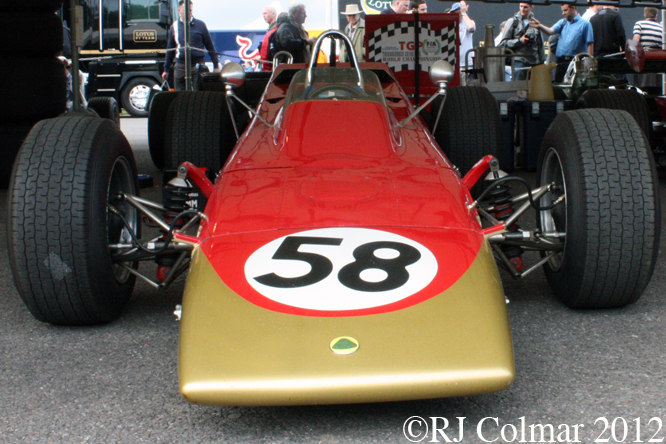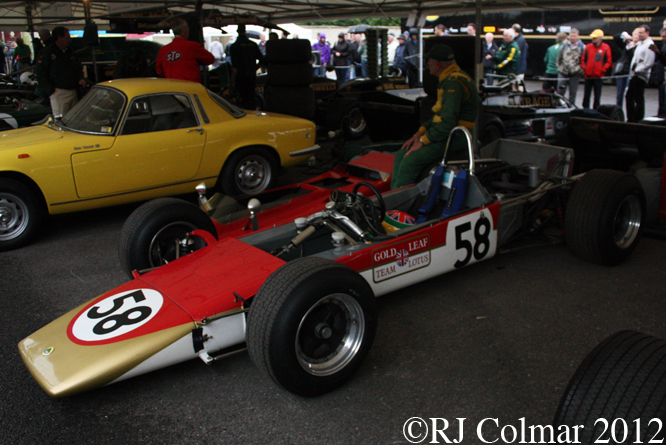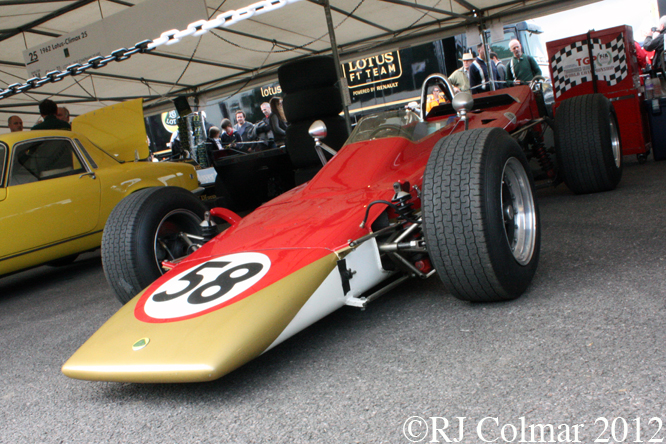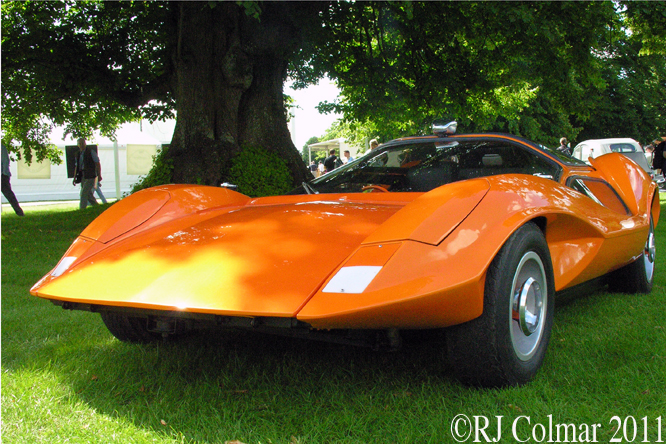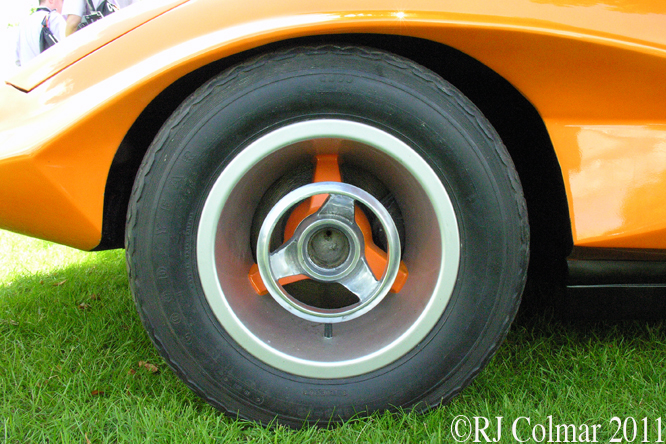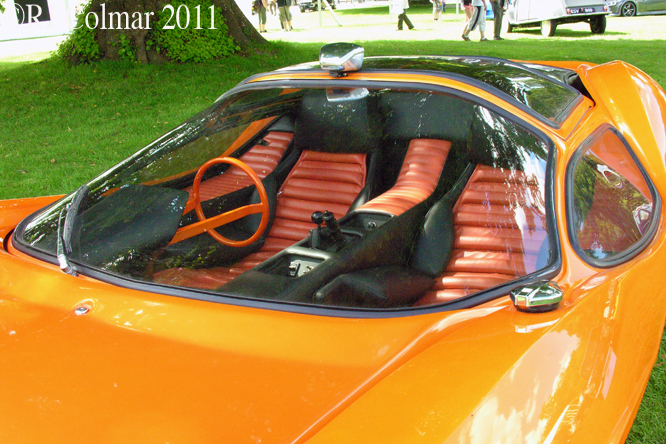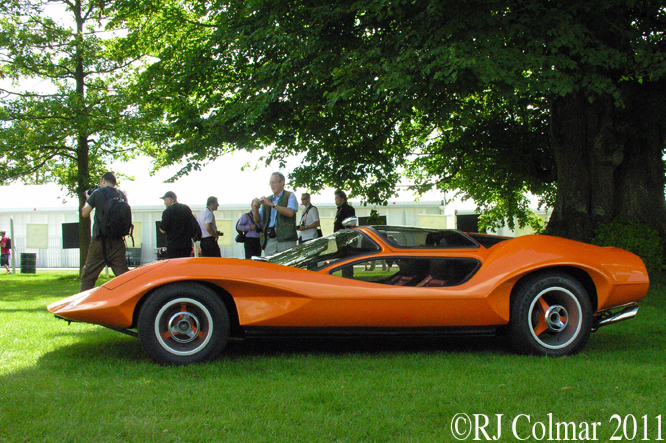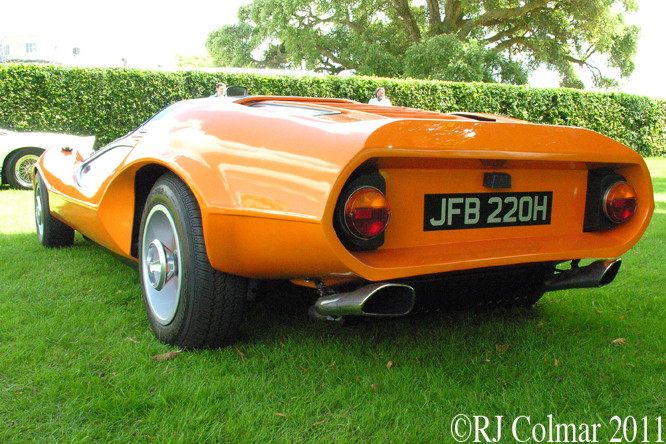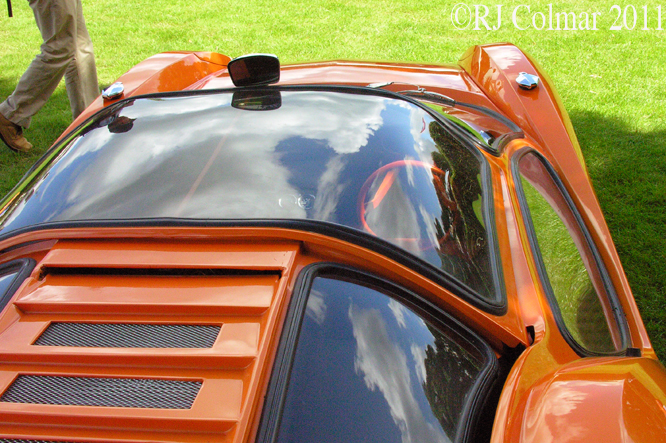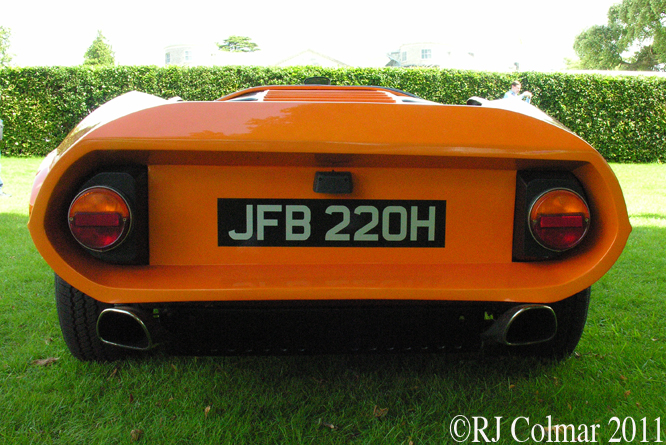Berliet was founded by self taught mechanic Marius Berliet in 1894.
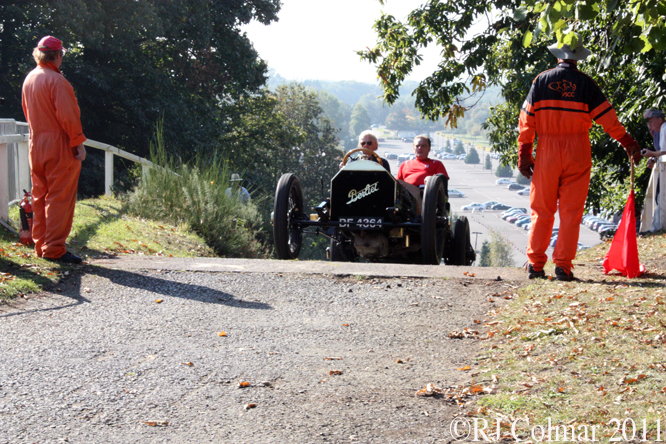
By 1907 when the chassis of today’s featured car was built Berliet had become France’s seventh largest vehicle manufacturer producing vehicles from 8 to 60hp that included a petrol/electric hybrid.
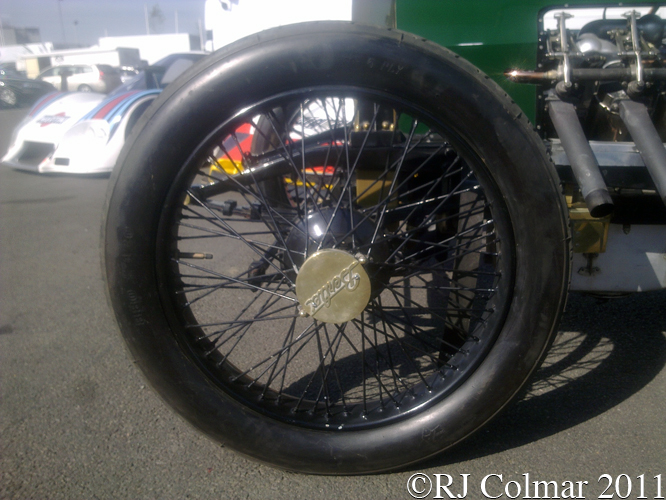
Jean Porporato competed with a Berliet on the 1907 and 1908 Targa Florio races finishing a best 4th in 1908.
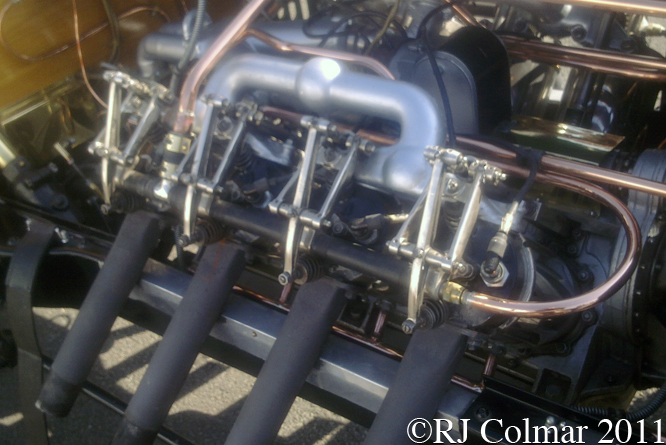
Denis Brothers Limited was formed in 1901 when brothers John and Raymond Denis went into the vehicle manufacture business having started with bicycles manufacture in 1895.
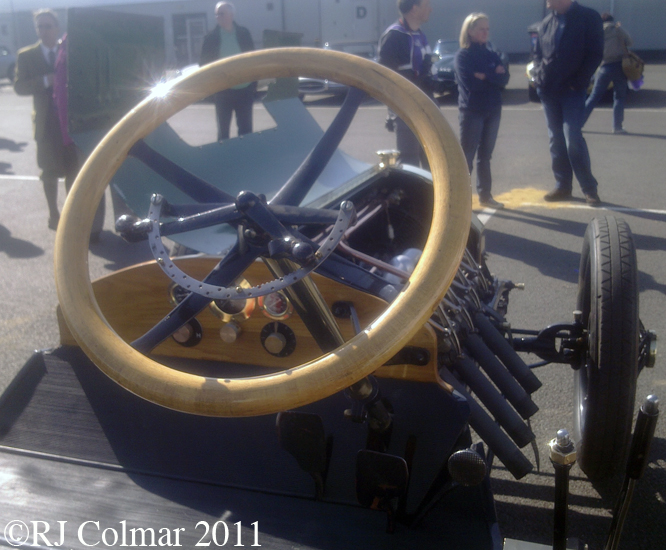
By 1985 the company was best known for it’s commercial products particularly buses and motorised Fire Appliances when Bill Gunner, Bert Forrest and John Dennis (grandson of one of the original Dennis brothers) headed a group of a dozen ex-employees who pooled their redundancy money to set up a new company, John Dennis Coachbuilders to salvage part of the business that was being cut by the company which had evolved to become Helstair Dennis.
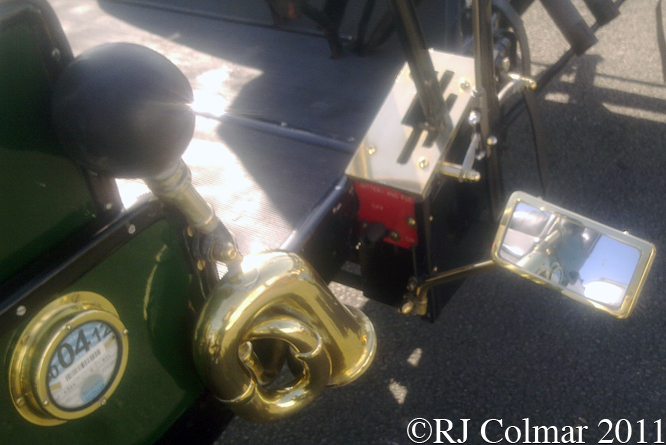
John Dennis is credited with having taken part in over 50 London to Brighton runs and when retirement beckond decided to build a Veteran vehicle with something “feisty under the bonnet.”
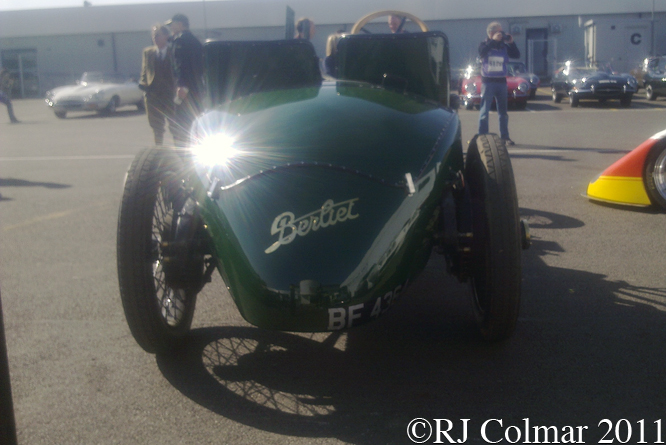
The fusion of 1907 Berliet chassis and 1916 8.3litre / 506 cui Curtiss V8 aero engine was completed just in time for the 2007 centenary of the opening of the Brooklands track.
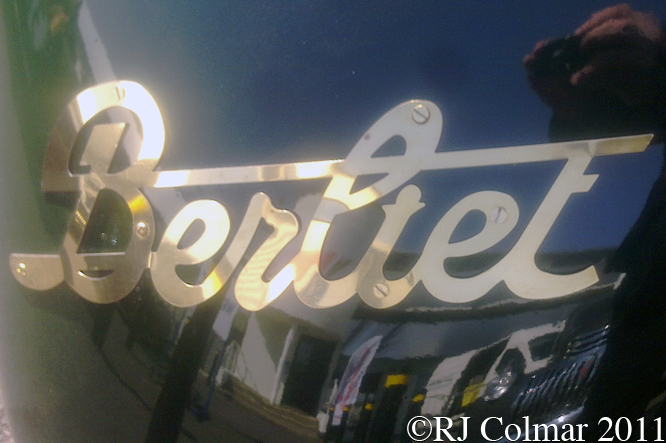
Like Dennis Brothers Limited, now known as Alexander Dennis, Berliet became better known for it’s commercial and in particular military vehicles, in the late 1950’s it’s 600 and 700hp 6×6 T100 trucks built for the oil industry were the largest trucks in the world.
Berliet was first swallowed up by Citroën in 1967 and in 1974 it the company was sold on again to Renault under who’s ownership the marque and brand disappeared under the Renault Véhicules Industriels banner in 1978.
John Dennis is seen arriving at the summit of the Brooklands Test Hill at the wheel of the Berliet Curtiss in the top photo.
Thanks for joining me on this “Feisty Under The Bonnet” edition of “Gettin’ a li’l psycho on tyres”, I hope you will join me again tomorrow when I’ll be visiting Race Retro. Don’t forget to come back now !


